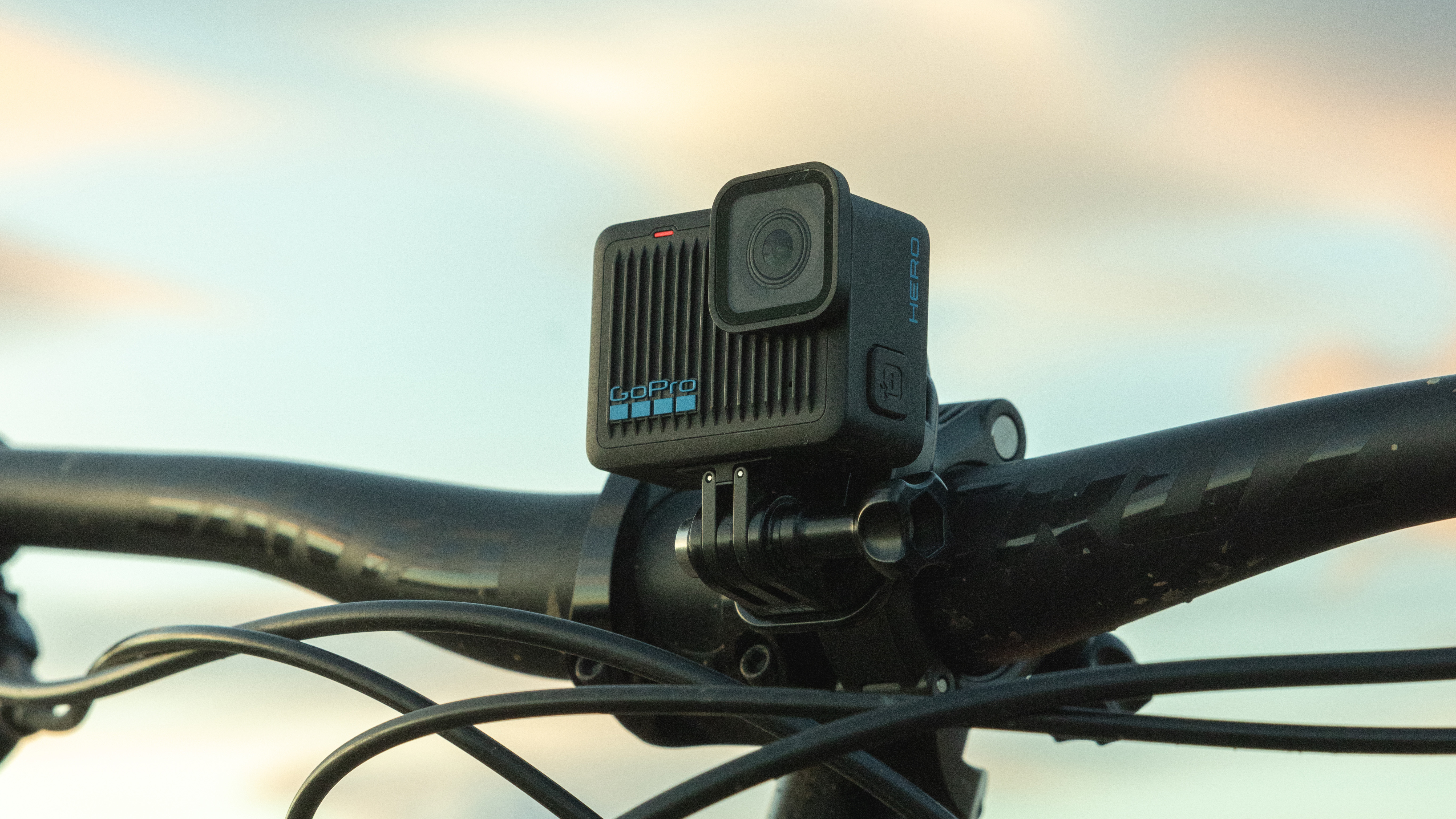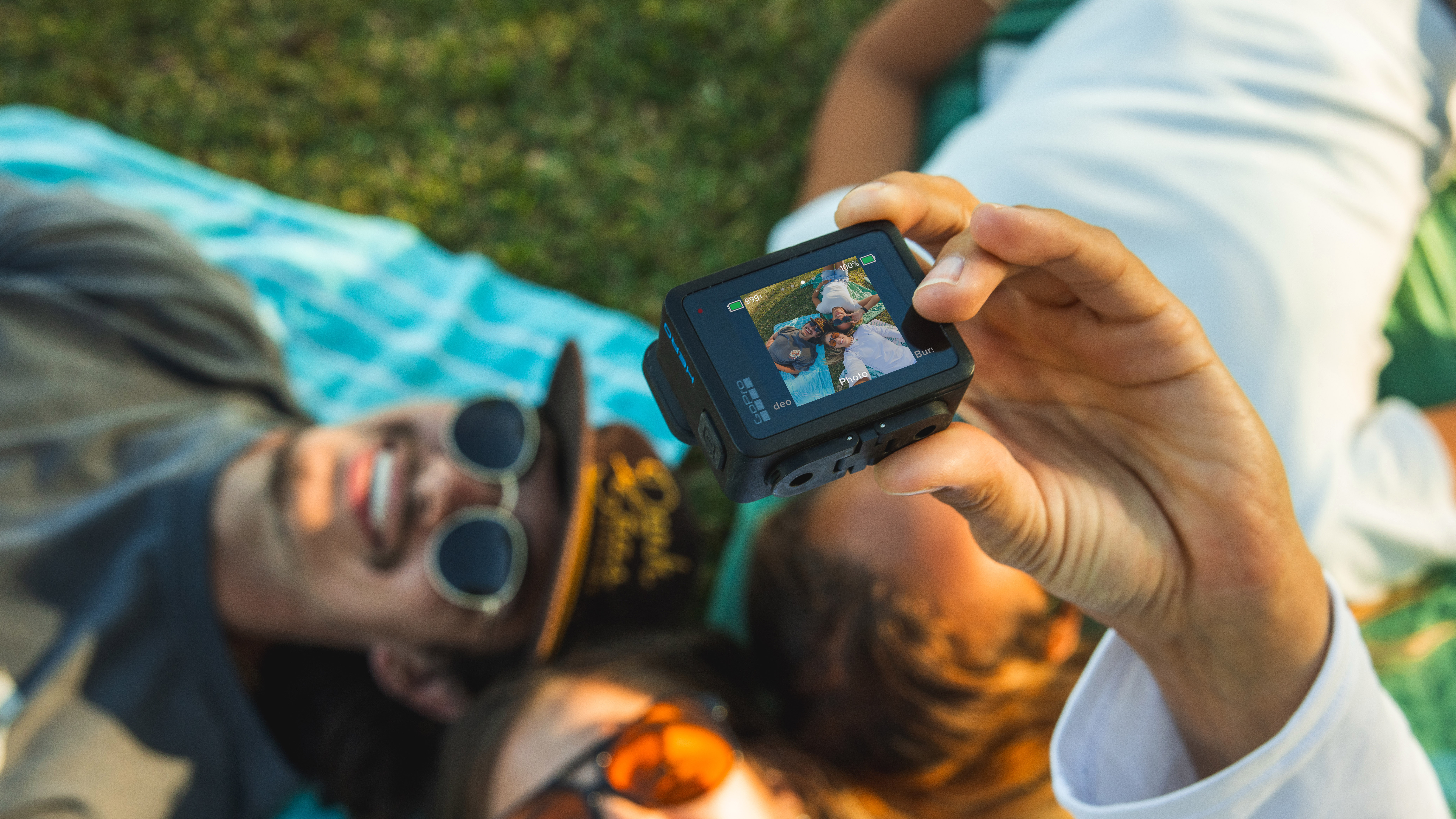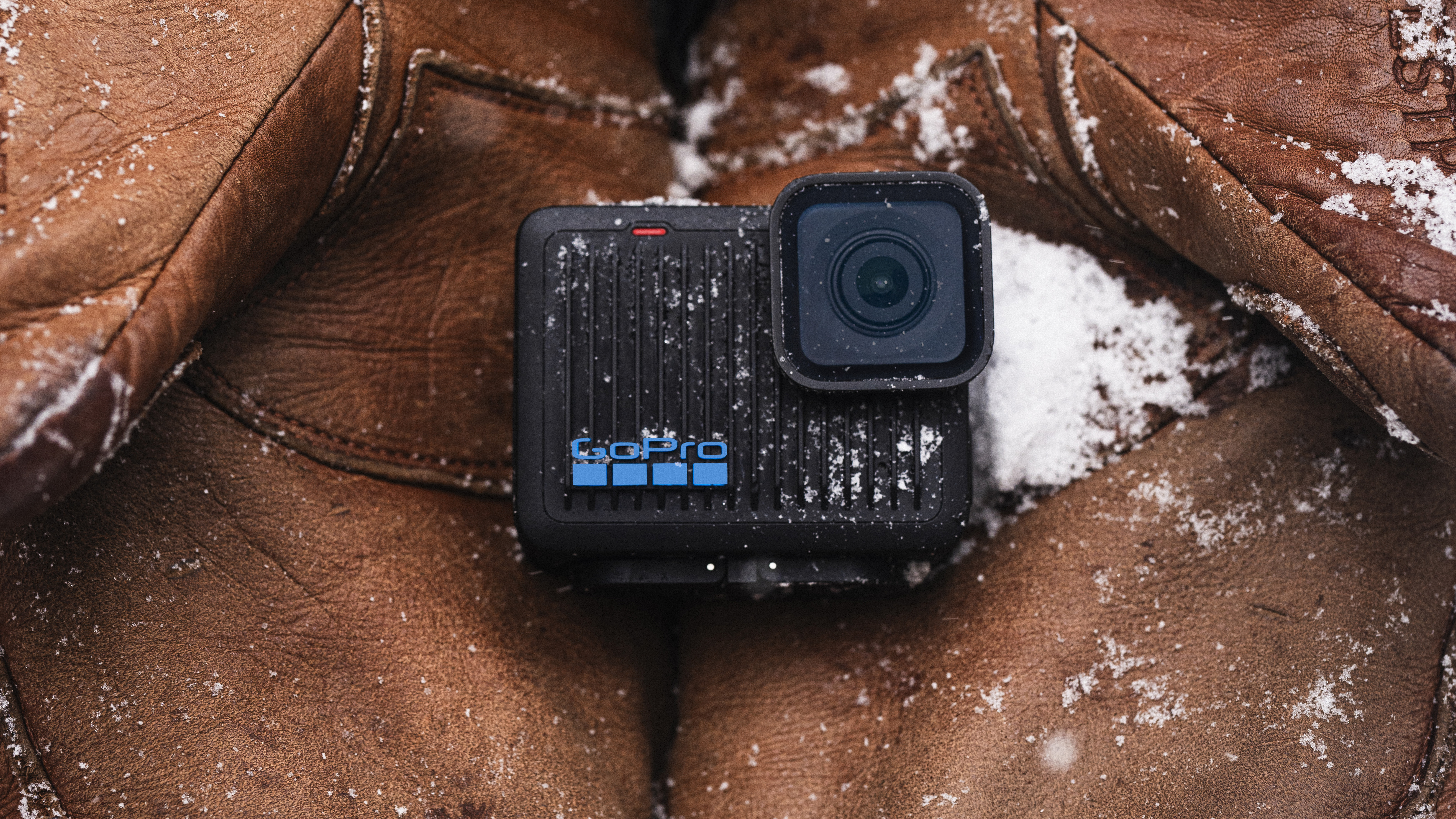GoPro's new budget HERO is its smallest-ever action camera
GoPro's tiny new $199 HERO camera offers the essential GoPro experience for a more affordable price

If, like me, you have been hoping to save money on an older GoPro model, but are sick of prices stubbornly refusing to come down, then the announcement of a new $199/£199/AU$349.95 GoPro will be music to your ears.
The new model, which is simply named GoPro HERO – currently with no suffix or numeration, takes the classic GoPro formula of a rugged waterproof action camera and makes it more affordable – and even smaller.
Launching alongside the newly-announced GoPro Hero13 Black, will be the fourth model to be called the GoPro Hero. The first-ever GoPro model, launched in 2008 was simply called the Hero. This was followed by similarly named updates in 2010 and 2014. Inevitably, this new version will likely become known as the GoPro Hero (2024), so as to avoid confusion.
In fact, this Hero is the smallest camera with a screen GoPro has ever made. The new Hero weighs a miniscule 86g, and is 35% smaller and 46% lighter than the new GoPro Hero13 Black – yet still manages to include GoPro’s built-in mounting fingers, is fully waterproofed up to 16ft/5m, features one-button control, and a rear LCD touch screen.

But inevitably, a lower price comes with some compromises. The video in the Hero has been simplified to just two recording options – 4K/30 or HD 1080p, as well as an x2 slow-mo mode in 2.7K/60 or 1080p/60, and recording is also confined to either a 16:9, 9:16, or a 4:3 aspect ratio.
The sensor and lens are both physically smaller than in the Hero12 or Hero13 Black (GoPro hasn't confirmed by how much), but the Hero is not compatible with any of GoPro's lens mods like the Max Lens Mod 2.0 or new HB-Series of lenses. The protective lens cover on the Hero is made from Corning Gorilla Glass for durability but is user-replaceable should an accident happen.
Despite its smaller size, the Hero's Enduro battery promises up to 100 minutes of recording on a single charge at the highest 4K recording settings or around 155 minutes in 1080p (at 77ºF/25ºC). However, to achieve its demure size, the battery is built-in and can't be swapped out on the fly, which might be an issue for long recording days. But the camera is charged via USB-C, so could potentially be run via a USB-C power bank.
Get the Digital Camera World Newsletter
The best camera deals, reviews, product advice, and unmissable photography news, direct to your inbox!
For photography, the Hero can snap 12MP shots, as well as pull 8MP frame grabs from 4K video using the Quik app.

Rock steady footage is of course a GoPro staple – and while there is no Hypersmooth stabilization in the camera itself, the Hero can use the GoPro Quik app to apply stabilization when downloading footage from the camera. Or if you take out a GoPro Premium+ subscription you can access GoPros most advanced Hypersmooth Pro stabilization.
Without a GoPro Quik subscription, the Hero can also use the Quik app to offload content, create unlimited basic video edits, update the camera firmware, or remotely control the Hero from the app. The Quik app's smart features like automatic transfer and cloud backup, AI-generated highlight videos, and premium themes in Quik’s video editor however are locked behind a GoPro Quik, Premium or Premium+ subscription for $9.99/year, $49.99/year or $99.99/year respectively in the US. In Australia, only the Premium and Premium+ subscriptions are available for AU$69.99 and AU$169.99 annually.
If you want to know what is included in what tier, you can check out our article on GoPro subscriptions explained.
The GoPro Hero will cost $199.99/£199.99/AU$349.95 and is available for preorder today, with in-store availability starting on September 22.

Gareth is a photographer based in London, working as a freelance photographer and videographer for the past several years, having the privilege to shoot for some household names. With work focusing on fashion, portrait and lifestyle content creation, he has developed a range of skills covering everything from editorial shoots to social media videos. Outside of work, he has a personal passion for travel and nature photography, with a devotion to sustainability and environmental causes.
